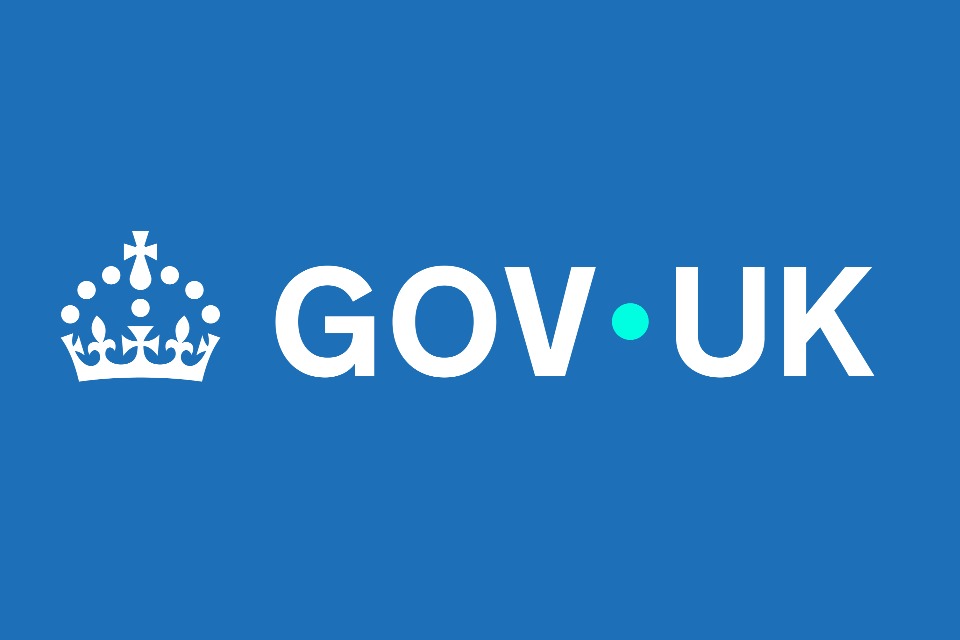The Greater London Authority is working on a secure, private version of its London Datastore that will allow boroughs to share sensitive information to help improve services.
Paul Hodgson, the authority’s GIS and infrastructure manager, told the Socitm spring conference that the City Datastore project would aim to allow councils to exchange service-delivery information, such as issues surrounding the provision of school places, that could never be made available on its open-data counterpart.
Hodgson told IT specialists at the 21 April event that if the transparency-driven London Datastore was the “tip of the iceberg” the City Datastore had the potential to be “the rest of the iceberg” in terms of the capital’s information resource.
He said the project had started off as a way to organise the GLA’s own data, but had become shaped by a recognition that the capital’s 33 boroughs held much of London’s most interesting and useful data.
“A lot of the day-to-day services are run by the boroughs and other agencies,” he said.
“What we’re now trying to do is to build that out into a hub-and-spoke system that allows boroughs to exchange data securely with one another, and with us – but not necessarily through us.
“You might have a cluster of boroughs working together who want to solve a particular problem: this is a system that potentially allows them to export stuff out of their legacy systems and then exchange data in a secure area.”
Related content
Next Mayor of London urged to appoint chief technology officer to bolster smart city efforts
Using lessons from Government Digital Service to the Greater London Authority
As Hodgson acknowledged, the City Datastore principle is almost opposite to the original open-data principle that underscored the creation of the London Datastore in 2010.
Updating the conference, organised by Public Technology’s parent company Dods, on the London Datastore’s expansion, Hodgson said the portal now had 70,000 visitors a month, up from around 10,000 when it first launched.
He said the Datastore’s open access made it impossible to identify who was using it, but gave a breakdown of roughly 5,000 organisations that had registered to use the service in return for the ability to track datasets and gain extra functionality.
According to Hodgson, staff from London boroughs make up the largest proportion of registered users – 29.5%, while 23.2% of users describing themselves as from private companies.
Academics accounted for 9.2% of users, voluntary organisations 8.9%, and government staff 5.4%.
Hodgson said a grouping described as “other”, that makes up 23.9% of registered users, was believed to include additional researchers and academics.
He said the usage details indicated that the London Datastore was genuinely helping private companies to deliver services as part of their business models.
“In some cases they might be app companies or web companies,” he said.
“In other cases, they’re consultants and analysts, so they might be advising developers or all sorts of other specialists.
“They have their own data sets and do their own analysis, but they’re using data from the London Datastore as context and as part of their analytical process.
“It was not really foreseen right at the start, but is clearly something that has happened.”



